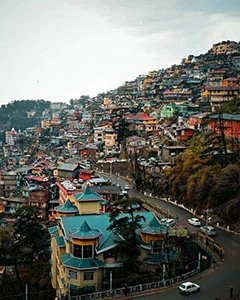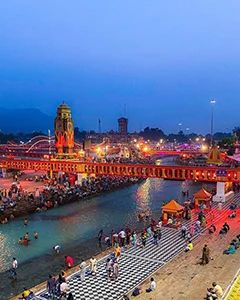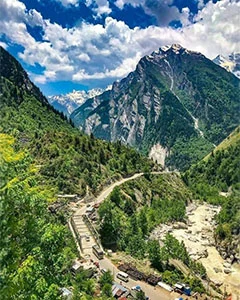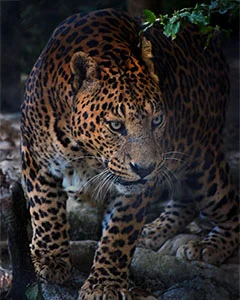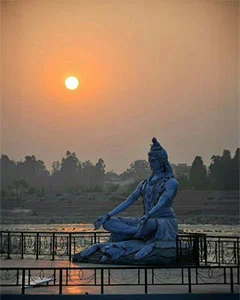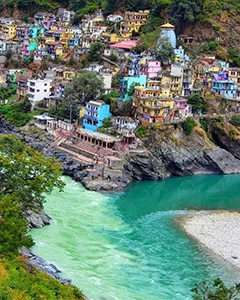The land of Spirituality
- Peace of Mind
- Sprituality
- Gods Land
- Char Dham
Once upon a time in Hindu mythology, Lord Shiva, in his Nandi (bull) form, was hiding from the Pandavas because he was disgruntled with the whole Kurukshetra episode involving fratricide.
But Bhim found him and caught him by his tail. Shiva dissipated into the Earth, only to reappear in parts at five different locations; head at Kalpeshwar, face at Rudranath, stomach at Madmaheshwar, arms at Tungnath and hump in Kedarnath. And thus, were raised the five temples dedicated to Shiva, collectively known as the Panch Kedar.
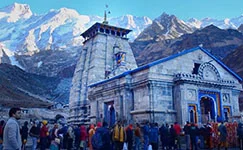



- "I feel drawn to little temples on lonely hilltops. With the mist swirling round them, and the wind humming in the stunted pines, they absorb some of the magic and mystery of their surroundings and transmit it to the questioning pilgrim."
– Ruskin Bond, Landour Days
The Land of Gods
Out of all the Hindu gods, whose numbers multiply some thirty, some sixty, some hundredfold, if there is one who especially connects with the state at home level, is Lord Shiva.
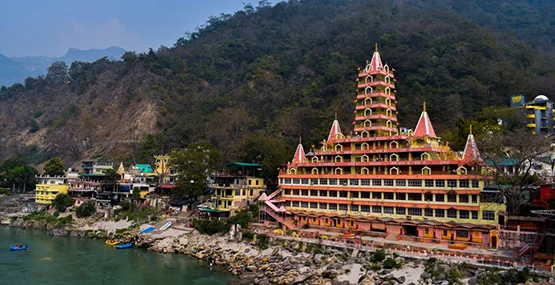
Religious Natural Beauty
Though Shaivism and Vaishnavism, both have heavy influence religiously, the abundance of symbolism of the former has given the name Kedar Khanda to this Garhwal Himalayan region.
In fact, Tunganath- literally meaning Lord of the Peaks, is one of the highest Shiva temples in the world and the highest in the Panch Kedar circuit. It is accessible via a 3.5 km hike from the village of Chopta, an unadulterated natural beauty of a region and part of Kedarnath wildlife sanctuary.

Pilgrimage Center
With every major religion being a stakeholder in this Land of Gods, Uttarakhand is especially of pilgrimage importance to Hinduism & Sikhism.
The pan-India famous Char Dham Yatra, a period of travelling along the Hindu pilgrimage circuit- Yamunotri, Gangotri, Kedarnath and Badrinath, is more than just a journey for the seekers, but a rare opportunity to get blessed at the shrines of goddesses Yamuna, Ganga, Lords Shiva and Vishnu, respectively.
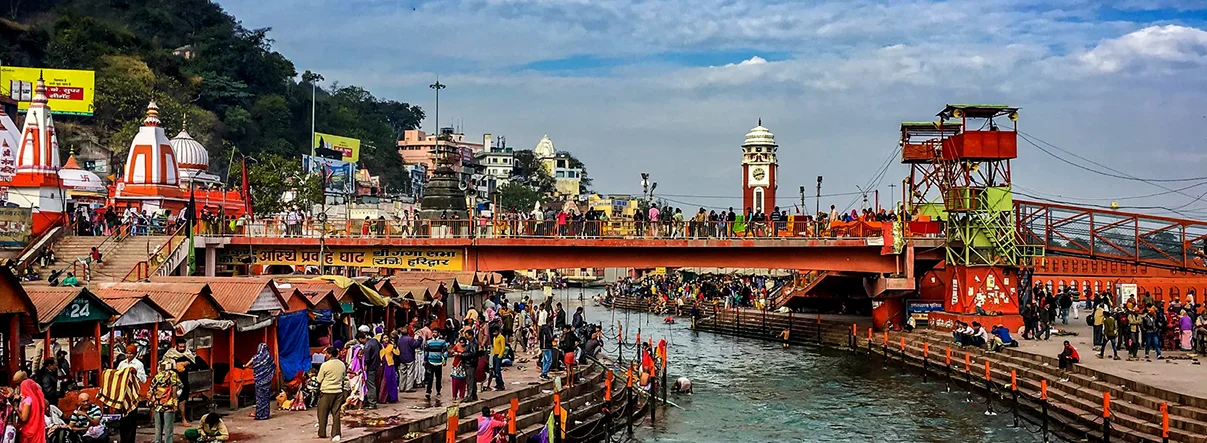
God is most glorified in us when we are most satisfied in Him !!!
Alongside is Panch Prayag which dots the flow of holy river Ganga from its place of origin to its final form
Through five places of confluence i.e. Vishnuprayag, Nandaprayag, Karnaprayag, Rudraprayag, and Devprayag, with its consecrated tributaries. Finally comes Haridwar, a city known by different names out of devotion by believers, like Hardwar to devotees of Lord Shiva (Har ~ Shiva), Haridwar to devotees of Lord Vishnu (Hari ~ Vishnu), Gangadwara as Ganga enters the plains here, Mayapuri in reverence to Goddess Maya, etc. This city is a host to many religious events and ritualistic bathing to attain Moksha, like the duo-decennial Maha Kumbha, or the annual Kanvar Yatra.
Coming back to Sikh pilgrimage, we have the famous Shri Hemkund Sahib Ji, situated in Chamoli district, devoted to the tenth Sikh guru, Guru Govind Singh. Literally translating to Lake of Snow, Hemkund Sahib is located at a height of 4,359 mts above sea level. Equally respectful places are Gurudwara Reetha Sahib in Champawat and Gurudwara Nanakmatta Sahib in Udham Singh Nagar. Then there is the Kailash Range, a place of religious importance to Hindus, Buddhists and Jains, and accessible via the Lipulekh pass in Kumaon. Other notable mentions are the Piran Kaliyar, an ancient dargah of Sufi saint Alauddin Ali Ahmed Sabir Kalyari in Kaliyar village near Haridwar and the beautiful St Joseph‘ s Cathedral Church in Kotdwar, which also happens to be the second largest church in Asia!
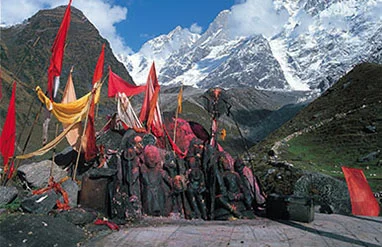
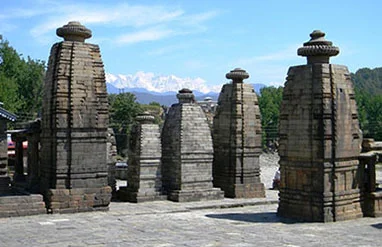
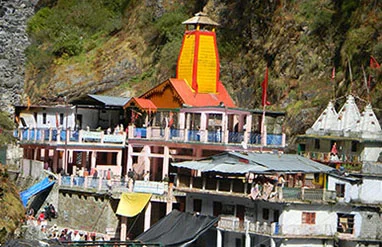
Last, but definitely not the least, are the deities who are part and parcel of the local culture and people of the region. Different festivals are celebrated across the state, where palanquins of these deities are carried out amidst drum beatings and hysterical devotees, like the famous Nanda Devi Yatra or the mini-kumbh of Uttarakhand, Magh Mela. State government has further identified 24 sites of cultural importance, from Garhwal and Kumaon regions, like the celebrated Golu Devta circuit, dedicated to Lord Golu, historically a general of the Katyuri dynasty, but also considered as an incarnation of Gaur Bhairav, who is again Shiva.

